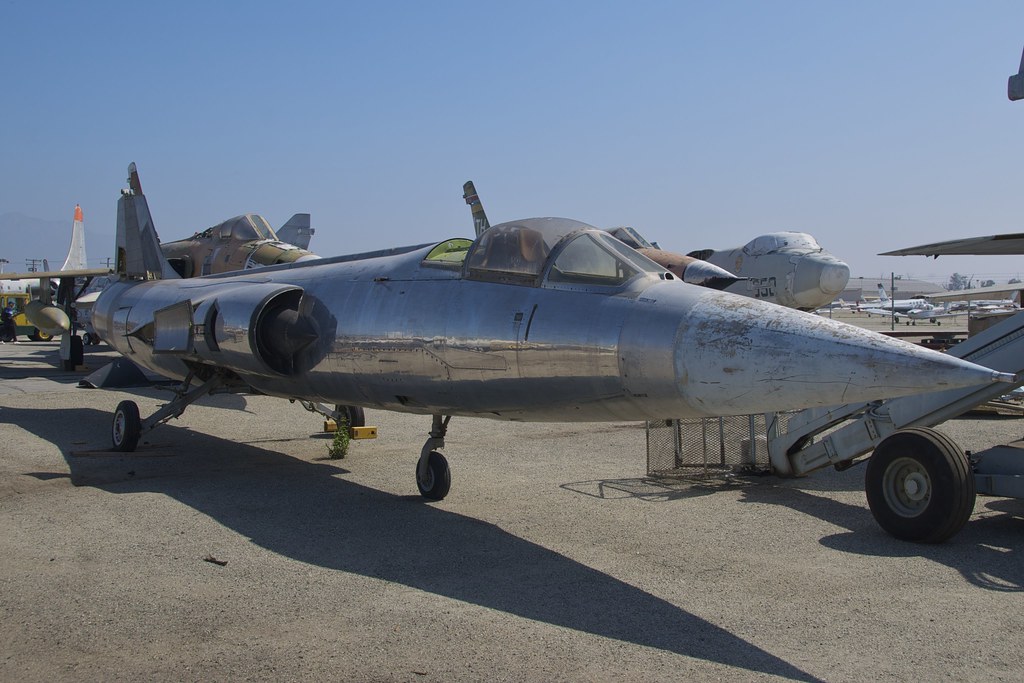- Reaction score
- 147
- Points
- 710
Another aspect of the plane:
Mark
Ottawa
Coming in 2020: A new technology to link F-35 simulators across the globe
Next year, U.S. Air Force F-35 pilots will be able to hop into a simulator and practice large-scale coordinated attacks with other F-35A users in simulators around the globe, Lockheed Martin’s head of F-35 training said Tuesday.
The capability, called Distributed Mission Training, will allow an unlimited number of F-35 simulators to be networked, enabling high-end training, said Chauncey McIntosh, Lockheed’s vice president for F-35 training and logistics.
“We’ve been testing to ensure that it’s ready to go with our first customer at Nellis Air Force Base [in Nevada]. We’ve got hardware that’s going up there this month and we’re starting our test connections, and everything is looking very well [regarding] this product,” he said during a briefing at the Interservice/Industry, Training, Simulation and Education Conference.
“Essentially we’re waiting just to get the accreditation from the government. We’ll connect that [hardware] and then we’ll start running tests on site with software. And then we’ll go to our final delivery in spring of 2020," he told Defense News.
Currently, F-35 bases can only link as many simulators as they have on site — usually as many as four. However, the Distributed Mission Training capability, or DMT, will allow every U.S. Air Force base to connect up to four of its F-35 simulators with those of every other air base, McIntosh said.
At some point, F-35A simulators may also be able to regularly connect with any other aircraft simulator that can be supported on the same network...
https://www.defensenews.com/digital-show-dailies/itsec/2019/12/04/coming-in-2020-a-new-technology-that-will-link-f-35-simulators-across-the-globe/
Mark
Ottawa



